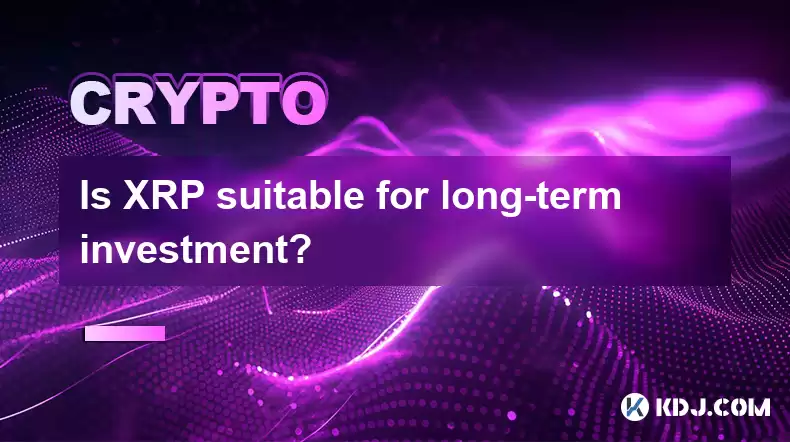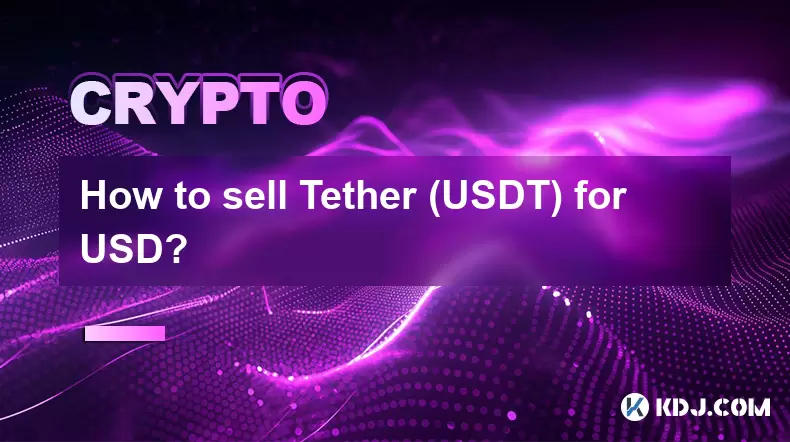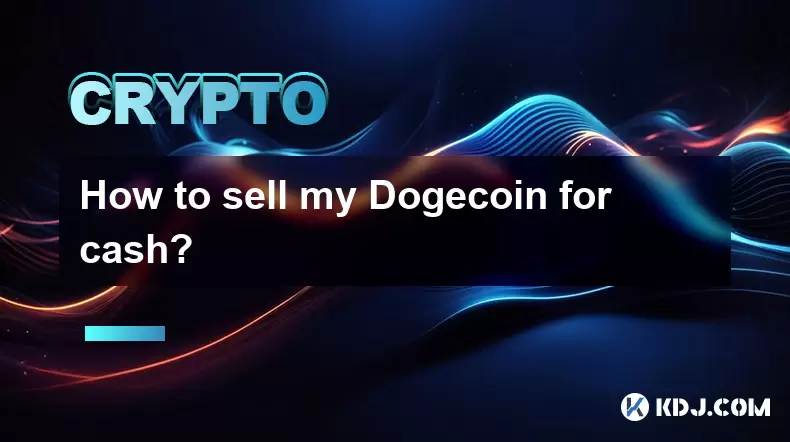-
 Bitcoin
Bitcoin $115100
1.27% -
 Ethereum
Ethereum $3675
2.71% -
 XRP
XRP $2.995
1.45% -
 Tether USDt
Tether USDt $1.000
0.02% -
 BNB
BNB $769.8
2.64% -
 Solana
Solana $168.0
3.25% -
 USDC
USDC $0.9999
-0.01% -
 TRON
TRON $0.3371
1.48% -
 Dogecoin
Dogecoin $0.2051
3.36% -
 Cardano
Cardano $0.7394
2.30% -
 Hyperliquid
Hyperliquid $38.15
0.42% -
 Stellar
Stellar $0.3966
-0.36% -
 Sui
Sui $3.486
2.93% -
 Chainlink
Chainlink $16.72
2.52% -
 Bitcoin Cash
Bitcoin Cash $568.0
4.36% -
 Hedera
Hedera $0.2440
2.59% -
 Ethena USDe
Ethena USDe $1.001
0.04% -
 Avalanche
Avalanche $22.16
2.06% -
 Litecoin
Litecoin $119.1
-0.73% -
 UNUS SED LEO
UNUS SED LEO $8.991
0.04% -
 Toncoin
Toncoin $3.232
-0.39% -
 Shiba Inu
Shiba Inu $0.00001233
2.82% -
 Uniswap
Uniswap $9.717
2.53% -
 Polkadot
Polkadot $3.664
1.85% -
 Dai
Dai $1.000
0.01% -
 Monero
Monero $281.2
-3.89% -
 Bitget Token
Bitget Token $4.350
1.55% -
 Cronos
Cronos $0.1428
5.07% -
 Pepe
Pepe $0.00001050
3.68% -
 Aave
Aave $262.3
3.54%
Is XRP suitable for long-term investment?
XRP's long-term investment viability hinges on the SEC lawsuit's outcome and RippleNet's adoption, creating high risk but potentially high reward. Diversification is crucial due to market volatility and regulatory uncertainty.
Mar 15, 2025 at 08:51 am

Key Points:
- XRP's price volatility makes long-term investment risky, but its potential for growth is significant depending on the outcome of the SEC lawsuit.
- XRP's utility within Ripple's payment network provides a potential foundation for long-term value, but market adoption is crucial.
- Regulatory uncertainty surrounding XRP significantly impacts its long-term investment prospects. Diversification within a broader cryptocurrency portfolio is essential to mitigate risk.
- Technical analysis of XRP's price history and network activity offers insights, but should not be the sole basis for investment decisions.
- Understanding the fundamental strengths and weaknesses of XRP is crucial before making any long-term investment commitment.
Is XRP Suitable for Long-Term Investment?
The question of whether XRP is suitable for long-term investment is complex and depends on individual risk tolerance and investment goals. XRP, the native cryptocurrency of Ripple, has experienced significant price fluctuations, making it a high-risk, high-reward proposition. Its future hinges on several factors, most prominently the ongoing legal battle with the Securities and Exchange Commission (SEC).
The SEC's lawsuit alleging XRP is an unregistered security has cast a long shadow over XRP's price and overall perception. A favorable ruling could propel XRP's price significantly, while an unfavorable outcome could severely impact its value and potentially even lead to its delisting from major exchanges. This uncertainty is a primary concern for potential long-term investors.
Beyond the legal battles, XRP's underlying technology and utility within Ripple's payment network are key considerations. RippleNet, Ripple's network for cross-border payments, aims to facilitate faster and cheaper international transactions. If RippleNet achieves widespread adoption by banks and financial institutions, this could positively impact XRP's demand and price. However, widespread adoption is far from guaranteed, and competition from other payment solutions remains a significant challenge.
Market sentiment plays a crucial role in the price of any cryptocurrency, including XRP. Positive news, such as partnerships or regulatory developments, can lead to price surges. Conversely, negative news, like regulatory crackdowns or security breaches, can cause significant price drops. Therefore, staying informed about market developments is essential for long-term investors.
Analyzing XRP's price history and charting its performance against other cryptocurrencies offers valuable insights. However, technical analysis alone is insufficient to determine long-term suitability. Fundamental analysis, focusing on the technology, adoption rate, and regulatory environment, is equally crucial. Combining both approaches provides a more comprehensive understanding of XRP's potential.
Diversification is a cornerstone of sound investment strategy. Long-term investment in XRP should ideally be part of a broader portfolio that includes other cryptocurrencies and traditional assets. This diversification mitigates the risk associated with the inherent volatility of the cryptocurrency market. Investing only in XRP would expose investors to significant risk, particularly given the ongoing regulatory uncertainty.
The scalability and efficiency of the XRP Ledger are also critical factors. The XRP Ledger's ability to handle a high volume of transactions quickly and affordably is a potential advantage over some other cryptocurrencies. However, the actual performance and scalability under real-world conditions are still being tested and should be continuously monitored.
The development team behind XRP and Ripple's overall strategy influence the long-term prospects of the cryptocurrency. Transparency, active community engagement, and a clear roadmap are all positive indicators. Regularly reviewing Ripple's progress and updates provides valuable information to aid in long-term investment decisions.
Step-by-Step Guide to Assessing XRP's Long-Term Potential:
- Research Ripple and XRP: Understand the technology, use cases, and competitive landscape.
- Analyze the SEC Lawsuit: Assess the potential outcomes and their implications for XRP's price.
- Monitor Market Sentiment: Stay informed about news and events impacting XRP's price.
- Conduct Technical and Fundamental Analysis: Use various analytical methods to evaluate XRP's performance.
- Assess Your Risk Tolerance: Determine if the volatility of XRP aligns with your investment strategy.
- Diversify Your Portfolio: Don't invest all your funds in a single cryptocurrency.
Frequently Asked Questions:
Q: What are the biggest risks associated with long-term XRP investment?
A: The biggest risks include the outcome of the SEC lawsuit, regulatory uncertainty, market volatility, and competition from other cryptocurrencies and payment solutions.
Q: What are the potential benefits of long-term XRP investment?
A: Potential benefits include significant price appreciation if the SEC lawsuit is resolved favorably and RippleNet achieves widespread adoption, alongside the potential for passive income through staking (though this is currently limited).
Q: Should I invest all my savings in XRP?
A: No, never invest all your savings in a single asset, especially a volatile one like XRP. Diversification is crucial for mitigating risk.
Q: How can I stay informed about XRP developments?
A: Follow reputable cryptocurrency news sources, Ripple's official website and social media channels, and join relevant online communities.
Q: Is XRP a good alternative to Bitcoin or Ethereum?
A: XRP aims to serve a different purpose than Bitcoin or Ethereum. While Bitcoin focuses on decentralized currency and Ethereum on smart contracts, XRP focuses on cross-border payments. Whether it's a "better" alternative depends entirely on your investment goals.
Q: What is the role of Ripple in the XRP ecosystem?
A: Ripple is the company behind XRP and develops and manages the RippleNet payment network. Their actions and success significantly impact XRP's value.
Disclaimer:info@kdj.com
The information provided is not trading advice. kdj.com does not assume any responsibility for any investments made based on the information provided in this article. Cryptocurrencies are highly volatile and it is highly recommended that you invest with caution after thorough research!
If you believe that the content used on this website infringes your copyright, please contact us immediately (info@kdj.com) and we will delete it promptly.
- HashFlare Founders Face the Music: Jail Time Looms?
- 2025-08-07 14:30:12
- Pepeto's Pounce: Meme Coin Mania Meets Blockchain Infrastructure
- 2025-08-07 15:10:12
- Parataxis, SPAC Merger, and Bitcoin Treasury: A New York Minute on Crypto's Latest Moves
- 2025-08-07 15:30:12
- Toshi on Binance.US: A Memecoin's Big Break
- 2025-08-07 14:30:12
- Bitcoin, SPAC Mergers, and Parataxis: A New Yorker's Take on Crypto's Wall Street Moment
- 2025-08-07 14:50:27
- Bitcoin, Collateral, and Loan Strategies: A New York Minute on the Future of Finance
- 2025-08-07 14:50:27
Related knowledge

How to sell Tether (USDT) for USD?
Aug 07,2025 at 03:29pm
Understanding Tether (USDT) and Its USD ValueTether (USDT) is a stablecoin designed to maintain a 1:1 value ratio with the United States Dollar (USD)....

How to sell my Bitcoincoin for cash?
Aug 07,2025 at 02:14pm
Understanding the Basics of Selling Dogecoin for CashSelling Dogecoin for cash involves converting your DOGE tokens into a fiat currency such as USD, ...

What is Chainlink (LINK)?
Jul 22,2025 at 02:14am
Understanding Chainlink (LINK): The Decentralized Oracle NetworkChainlink is a decentralized oracle network designed to bridge the gap between blockch...

What is Avalanche (AVAX)?
Jul 22,2025 at 08:35am
What is Avalanche (AVAX)?Avalanche (AVAX) is a decentralized, open-source blockchain platform designed to support high-performance decentralized appli...

What is Polkadot (DOT)?
Jul 19,2025 at 06:35pm
Understanding the Basics of Polkadot (DOT)Polkadot (DOT) is a multi-chain network protocol designed to enable different blockchains to transfer messag...

What is Litecoin (LTC)?
Jul 23,2025 at 11:35am
Overview of Litecoin (LTC)Litecoin (LTC) is a peer-to-peer cryptocurrency that was created in 2011 by Charlie Lee, a former Google engineer. It is oft...

How to sell Tether (USDT) for USD?
Aug 07,2025 at 03:29pm
Understanding Tether (USDT) and Its USD ValueTether (USDT) is a stablecoin designed to maintain a 1:1 value ratio with the United States Dollar (USD)....

How to sell my Bitcoincoin for cash?
Aug 07,2025 at 02:14pm
Understanding the Basics of Selling Dogecoin for CashSelling Dogecoin for cash involves converting your DOGE tokens into a fiat currency such as USD, ...

What is Chainlink (LINK)?
Jul 22,2025 at 02:14am
Understanding Chainlink (LINK): The Decentralized Oracle NetworkChainlink is a decentralized oracle network designed to bridge the gap between blockch...

What is Avalanche (AVAX)?
Jul 22,2025 at 08:35am
What is Avalanche (AVAX)?Avalanche (AVAX) is a decentralized, open-source blockchain platform designed to support high-performance decentralized appli...

What is Polkadot (DOT)?
Jul 19,2025 at 06:35pm
Understanding the Basics of Polkadot (DOT)Polkadot (DOT) is a multi-chain network protocol designed to enable different blockchains to transfer messag...

What is Litecoin (LTC)?
Jul 23,2025 at 11:35am
Overview of Litecoin (LTC)Litecoin (LTC) is a peer-to-peer cryptocurrency that was created in 2011 by Charlie Lee, a former Google engineer. It is oft...
See all articles

























































































